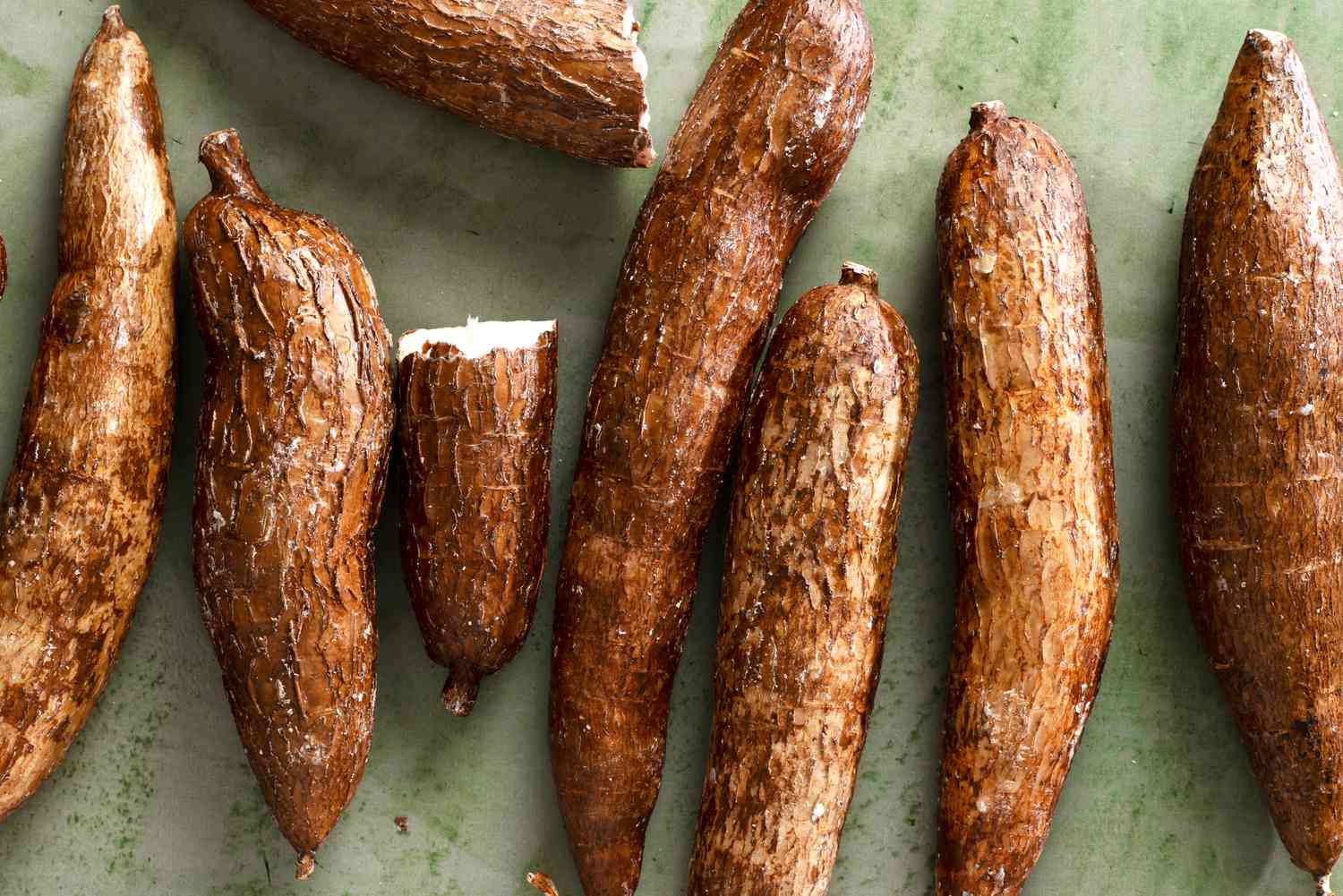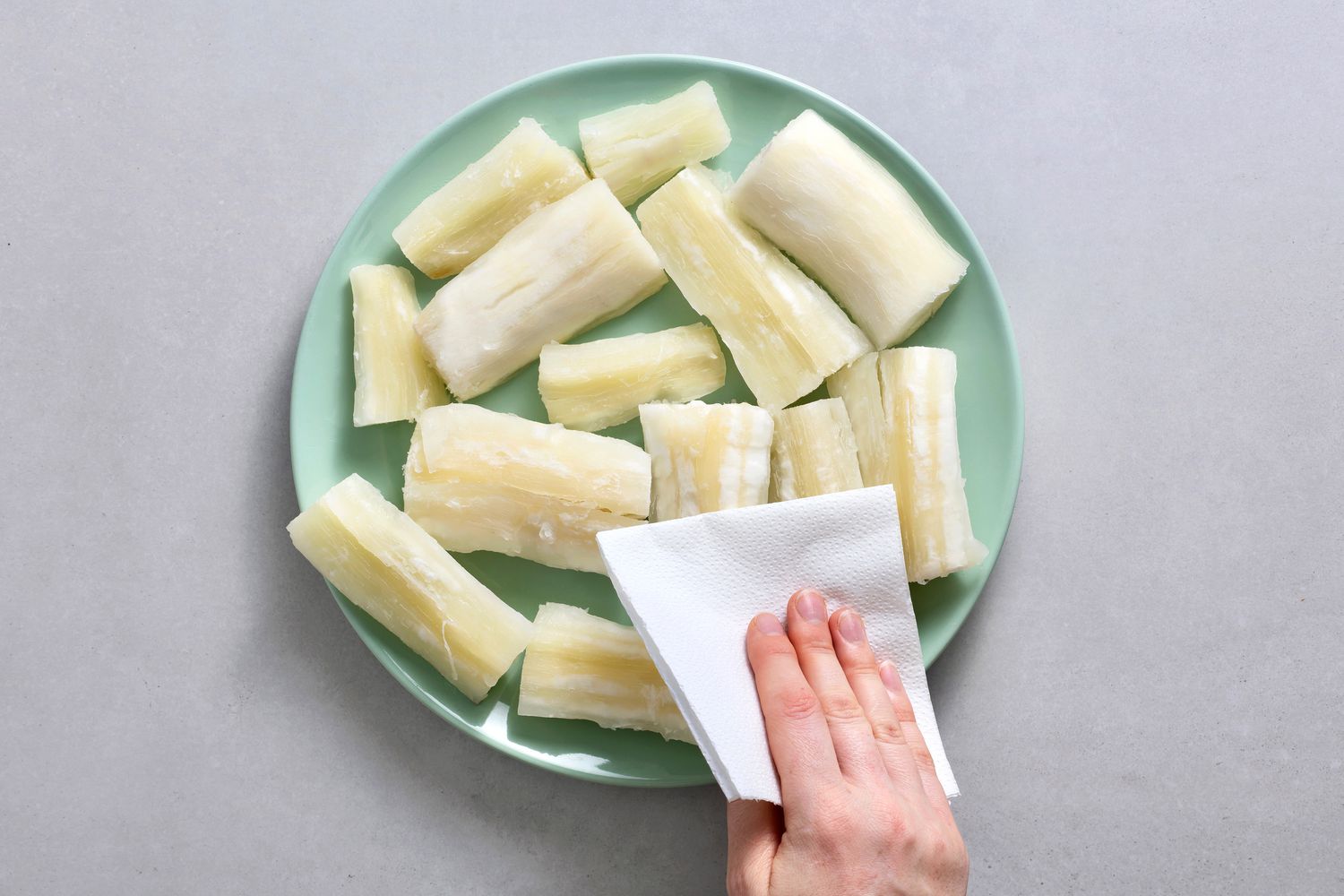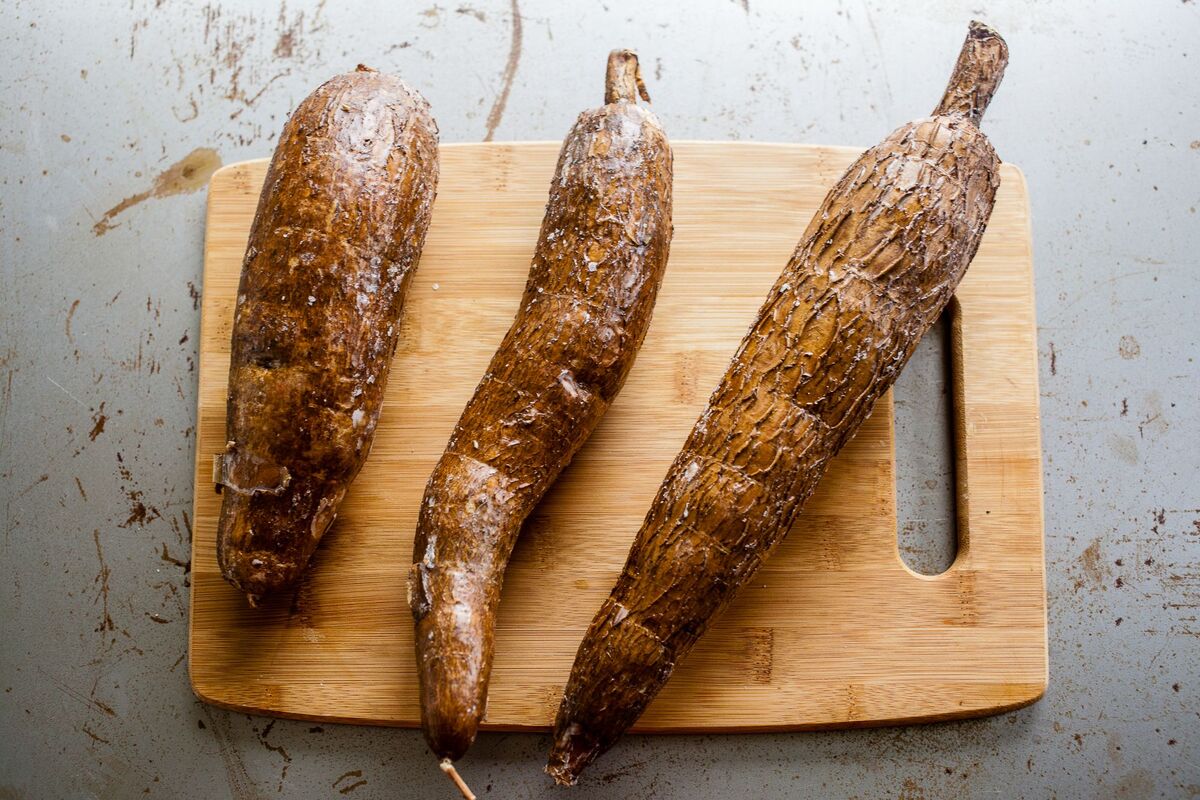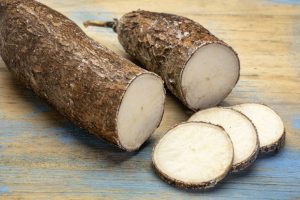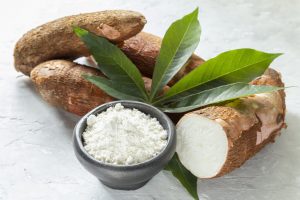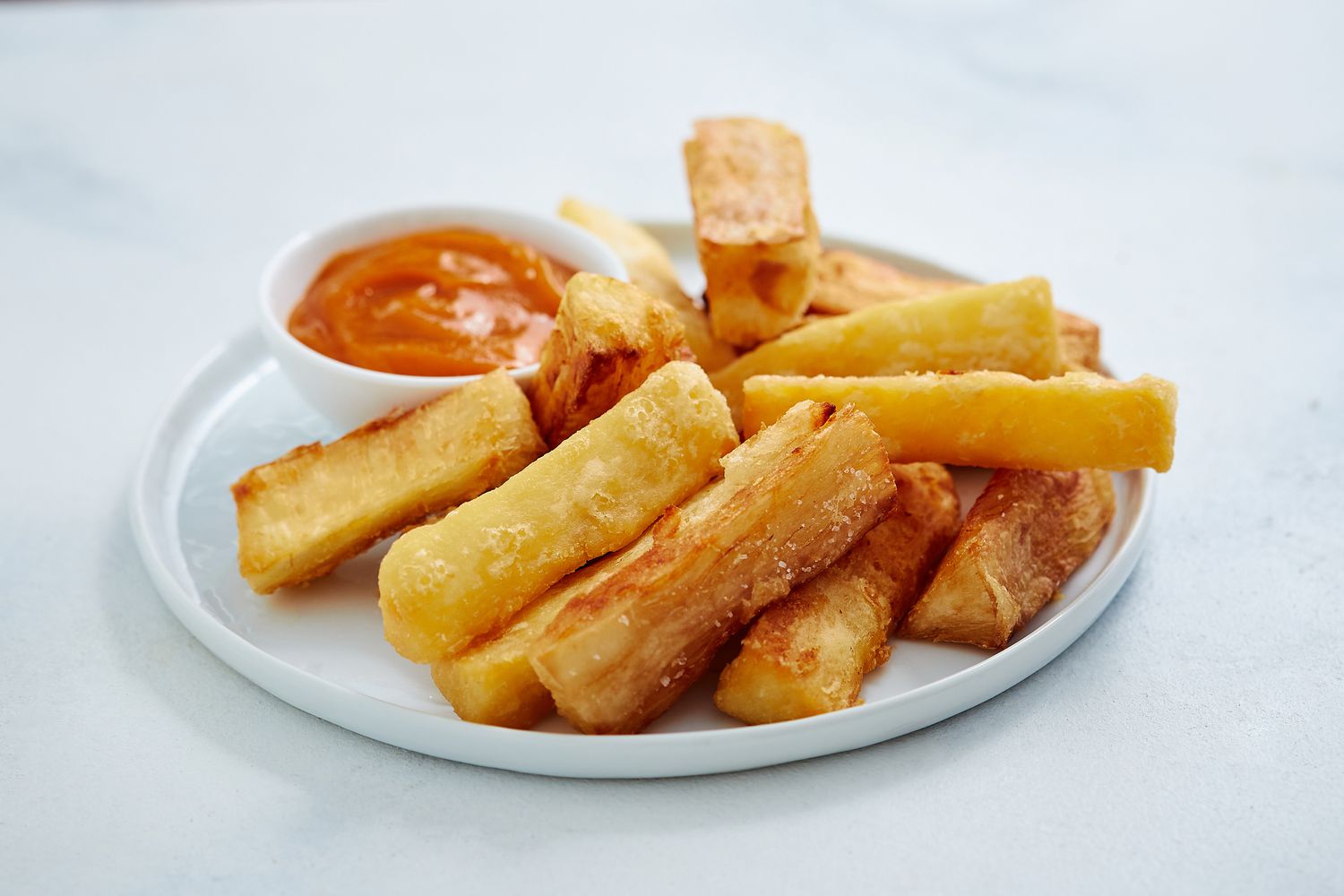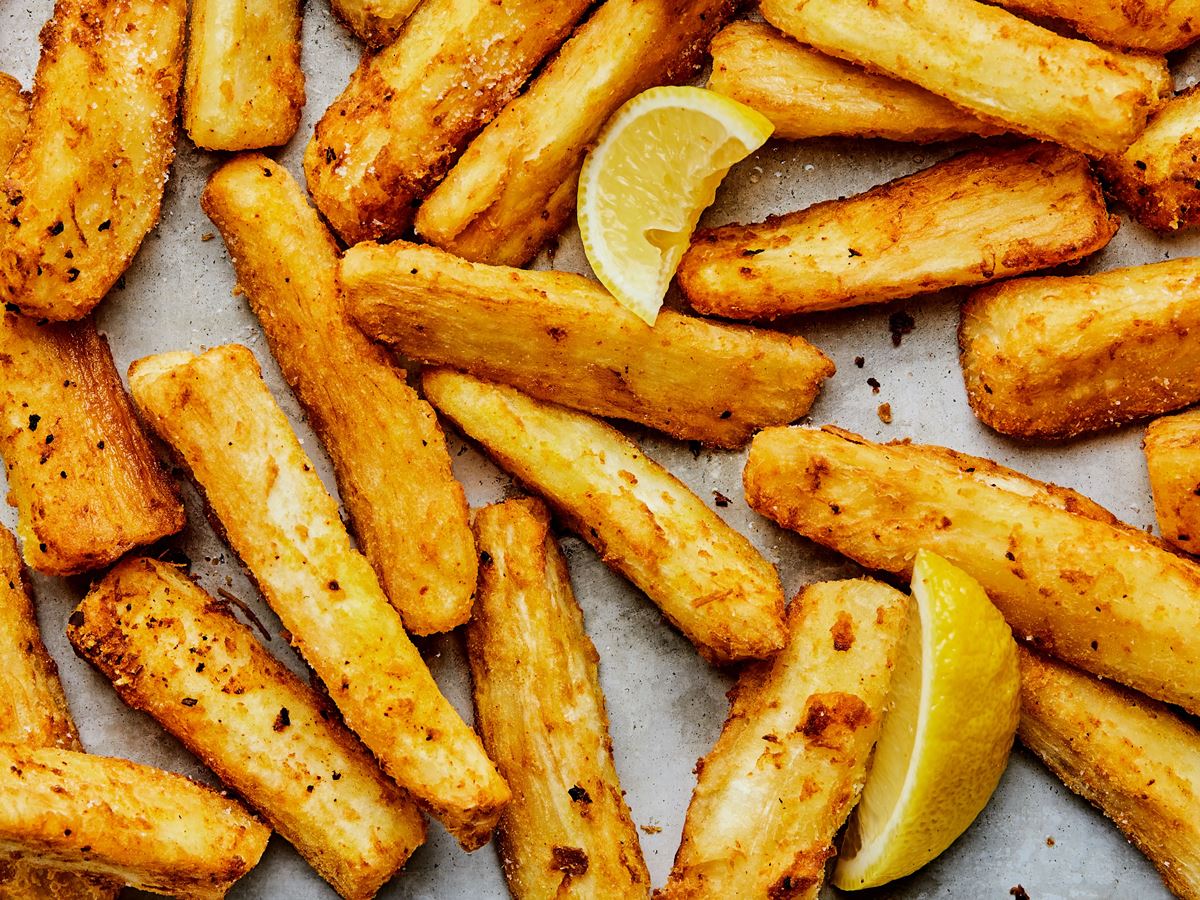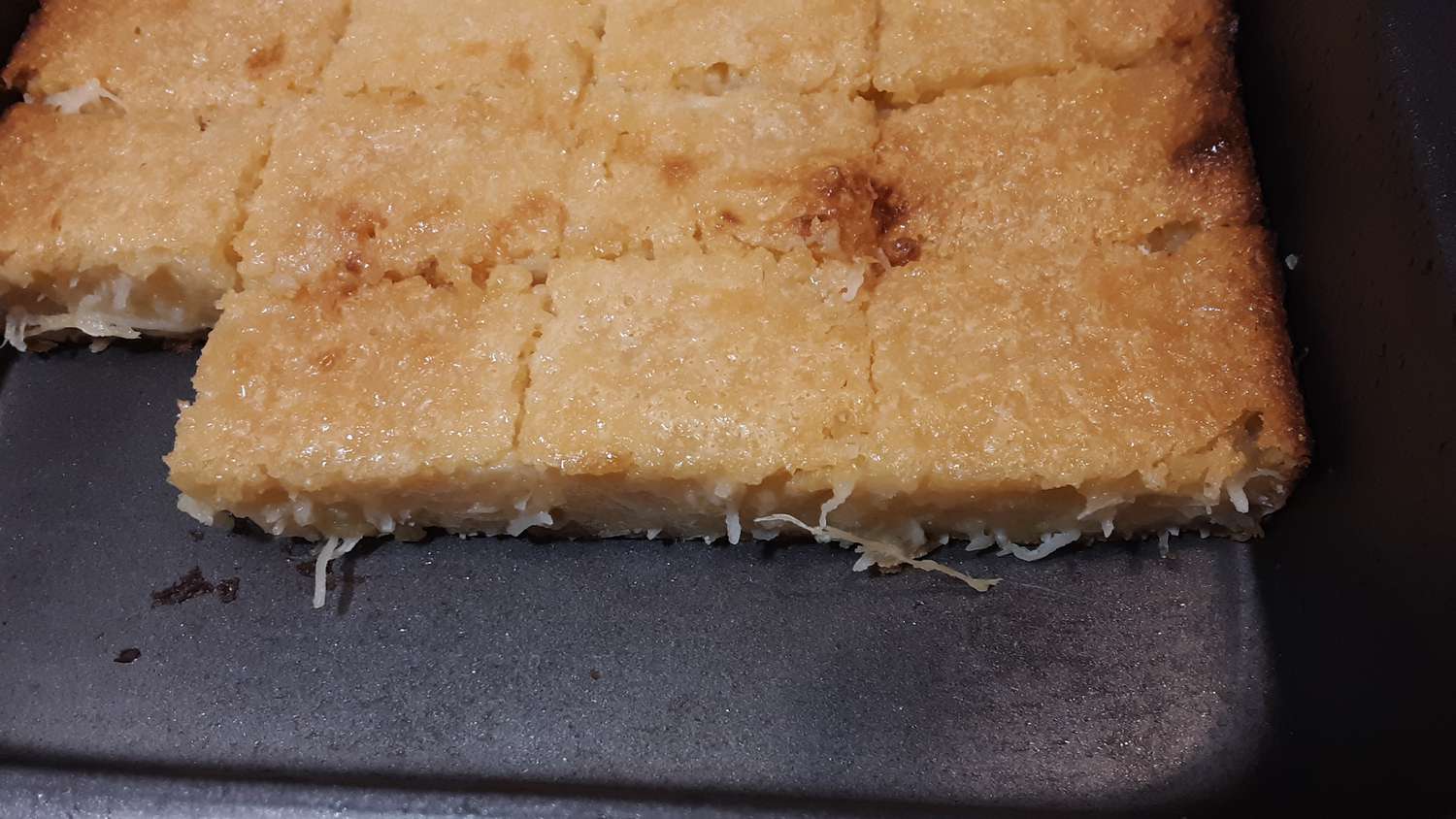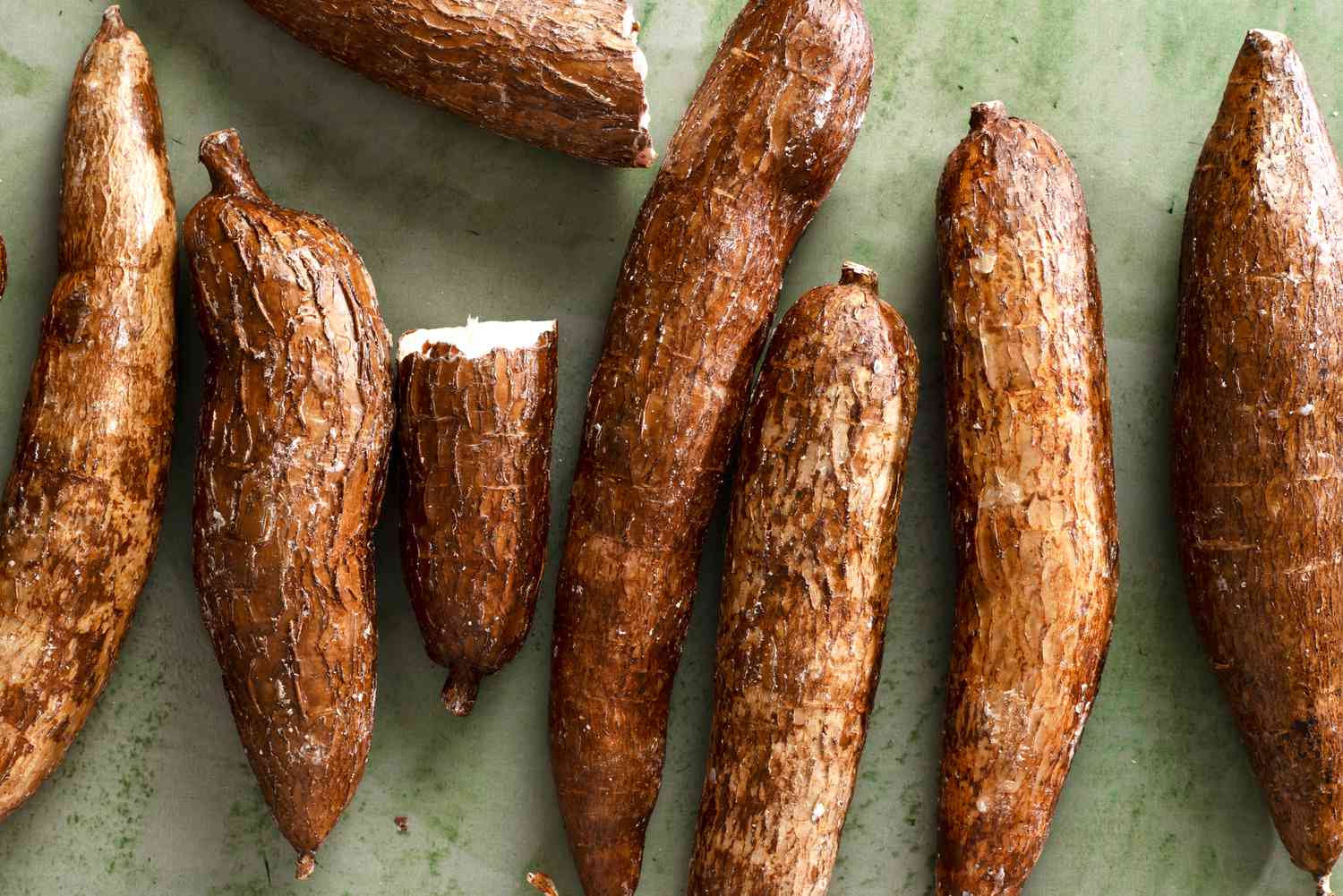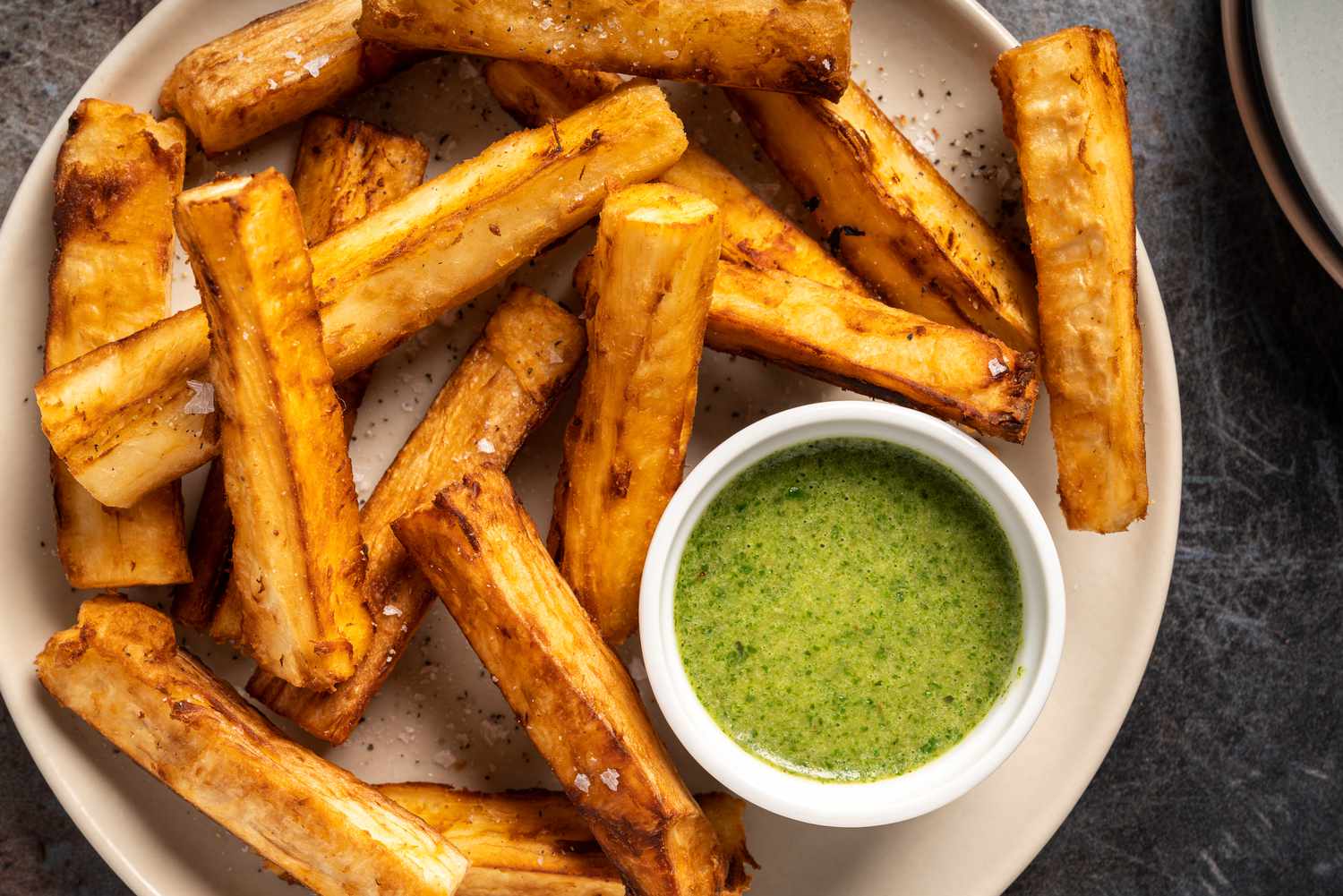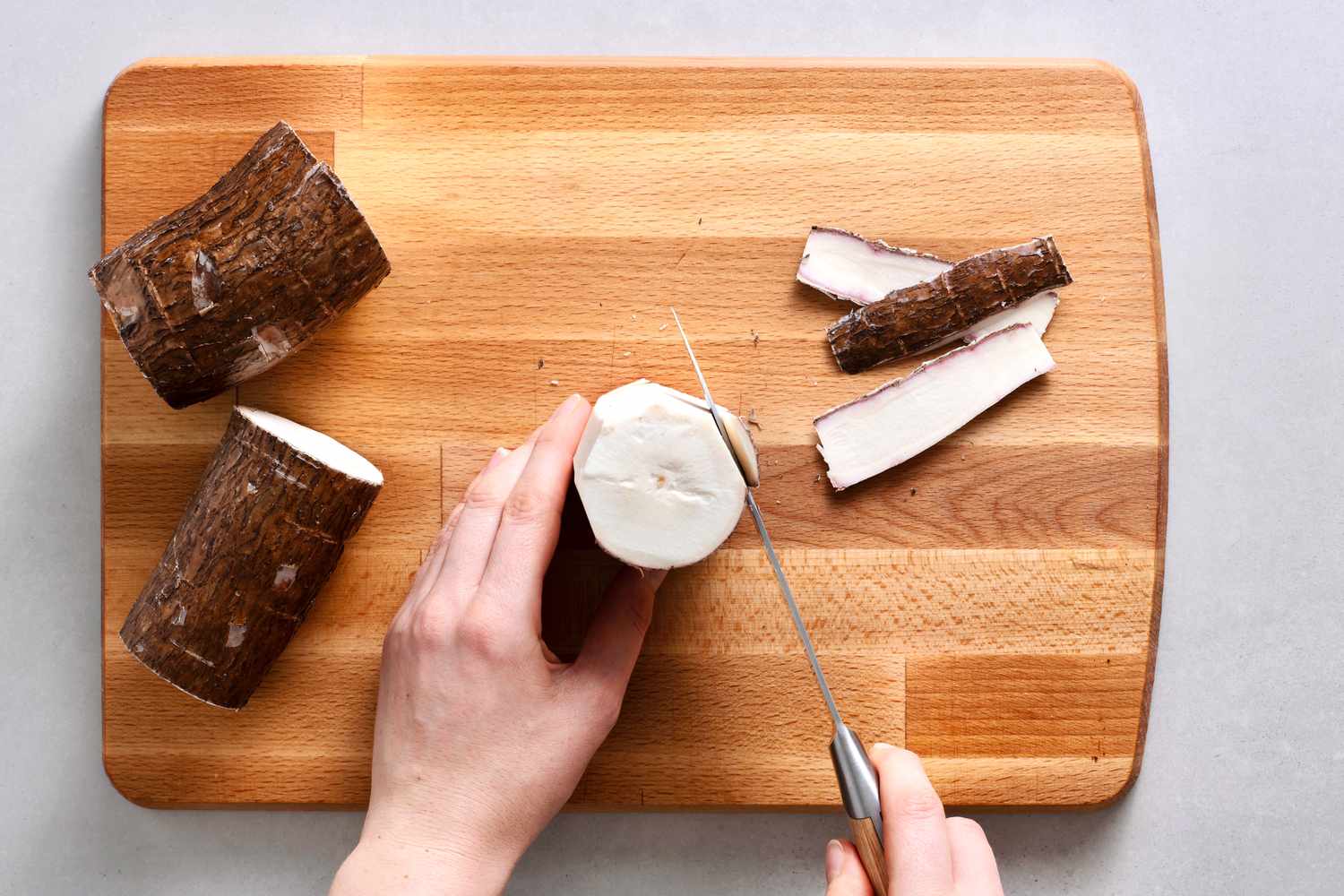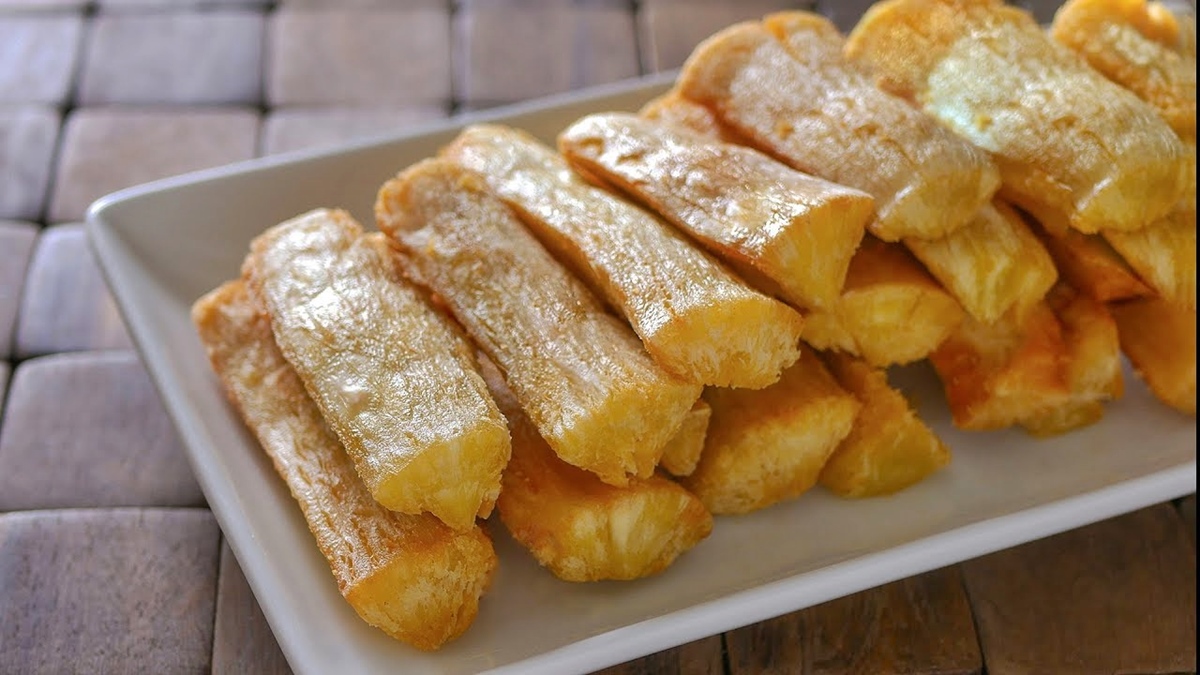Grinding Yuca Root Into Cassava Flour: A Step-by-Step Guide
Yuca root, also known as cassava, is a starchy tuber that is a staple in many cuisines around the world. One popular use for yuca root is to grind it into a fine flour, which can be used in a variety of recipes. If you’re interested in learning how to grind yuca root into cassava flour, you’ve come to the right place! In this guide, we’ll walk you through the process step by step.
Step 1: Selecting the Yuca Root
When it comes to making cassava flour, the first step is to select the right yuca root. Look for yuca roots that are firm, with smooth skin and no soft spots. Avoid yuca roots that have started to sprout, as they may not produce the best flour.
Step 2: Peeling the Yuca Root
Once you have selected your yuca root, it’s time to peel it. Use a sharp knife to carefully remove the outer skin of the yuca root. Make sure to remove all the skin, as it can give the flour a bitter taste if left on.
Step 3: Cutting the Yuca Root
After peeling the yuca root, cut it into smaller pieces. This will make it easier to grind later on. Aim for pieces that are roughly the same size to ensure even grinding.
Step 4: Grinding the Yuca Root
Now it’s time to grind the yuca root into flour. There are a few different methods you can use to do this:
- Traditional Method: In many cultures, yuca root is ground using a large, wooden mortar and pestle. This method requires some elbow grease, but it can be a satisfying way to connect with traditional food preparation techniques.
- Food Processor: If you have a food processor, you can use it to grind the yuca root into flour. Simply add the yuca pieces to the food processor and pulse until they reach a fine, powdery consistency.
- Grater: Another option is to use a grater to finely grate the yuca root into flour. This method may take a bit more time and effort, but it can be a good option if you don’t have a food processor.
Step 5: Drying the Cassava Flour
Once you have ground the yuca root into flour, it’s important to dry it thoroughly. Spread the flour out on a baking sheet and place it in a warm, dry place. Stir the flour occasionally to ensure even drying. Once the flour is completely dry, it will be ready to use in your favorite recipes.
Step 6: Storing the Cassava Flour
Store your cassava flour in an airtight container in a cool, dry place. Properly stored, cassava flour can last for several months, making it a convenient pantry staple for all your cooking and baking needs.
Now that you know how to grind yuca root into cassava flour, you can enjoy the satisfaction of making your own homemade flour from scratch. Whether you use it to make traditional dishes or experiment with new recipes, cassava flour is a versatile ingredient that is sure to become a staple in your kitchen.
Happy grinding!
